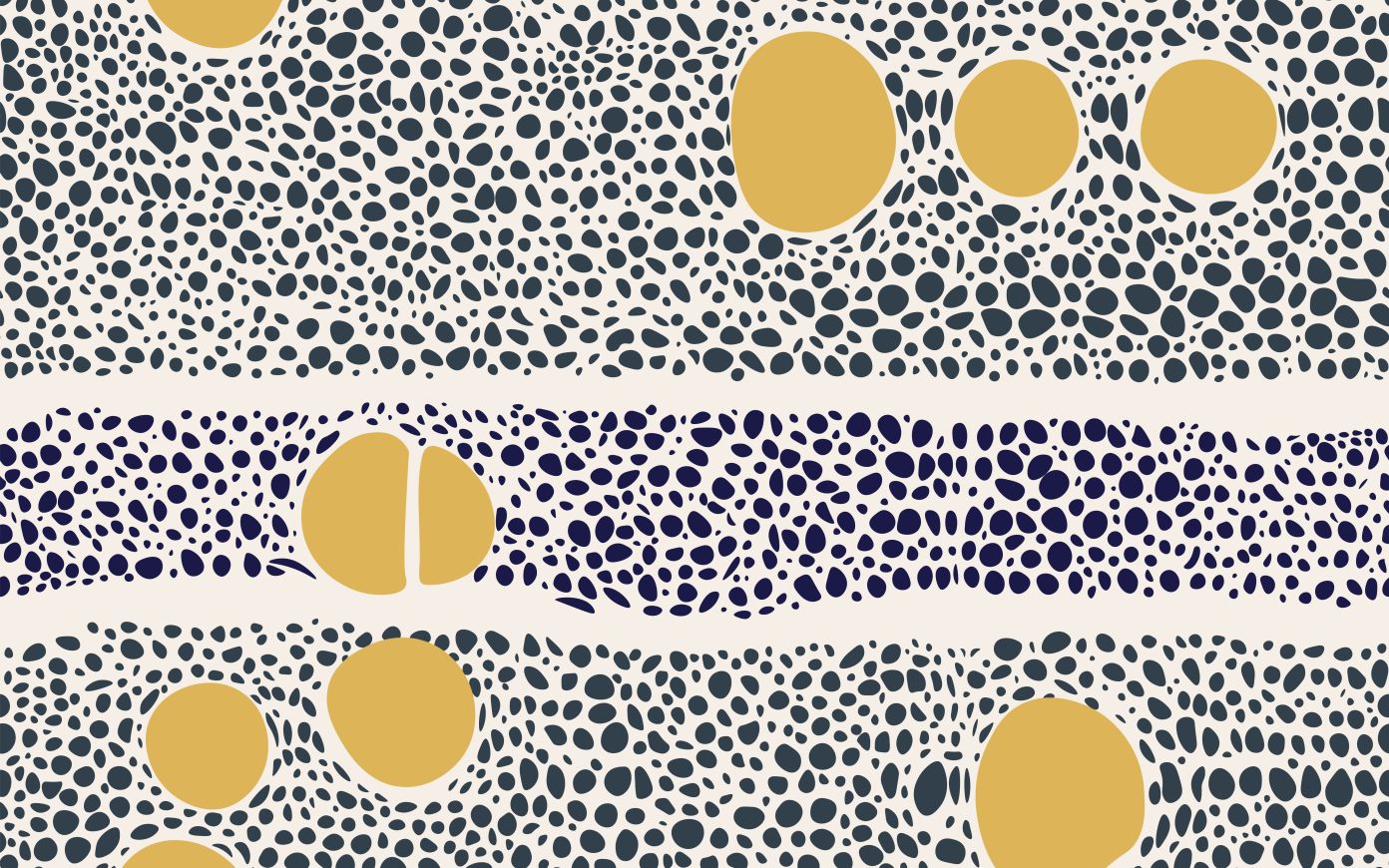The challenge of the Anthropocene must be addressed through cities, not only because they cluster challenges, but also because, according to Michel Lussault, their desirability will not decline in spite of various crises. The urbanity specific to the “relational city” remains crucial as an experience of otherness, and, in that respect, going full digital or generalized teleworking would represent a “counter-social” development. The increasing complexity of our global urbanization reinforces the systemic inscription of cities and drives urbanism towards ever-increasing levels of cross-disciplinarity, an approach he promotes at the École Urbaine de Lyon, in particular around the “common health” concept, intended to spatially approach issues of social justice, public healthcare, and ecosystem restoration.





